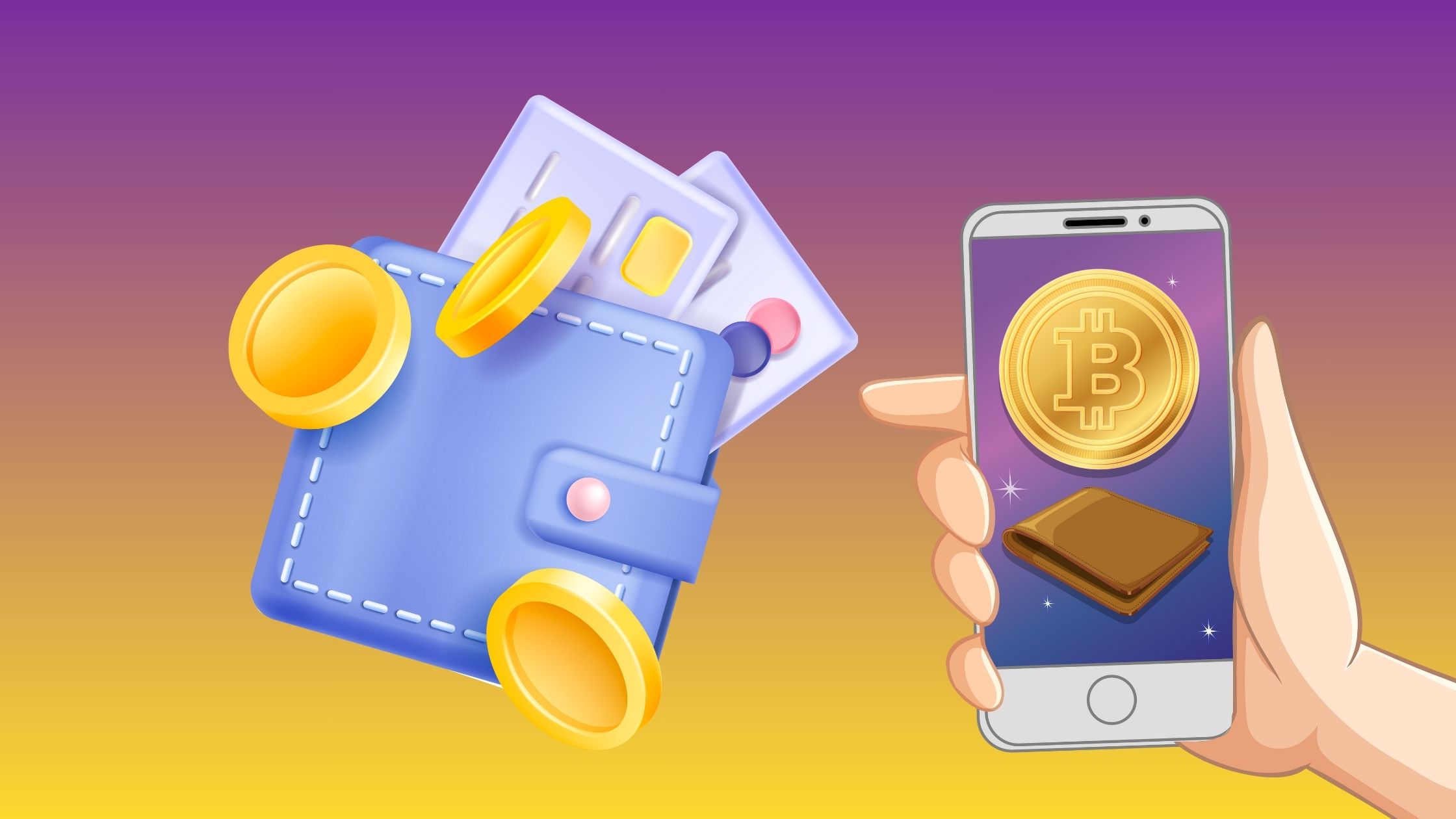
How to Build a Crypto Wallet App That Gains User Trust?
As cryptocurrencies gain mainstream traction, the demand for secure and intuitive wallet apps continues to rise. However, in a landscape plagued by hacks and scams, simply building a wallet isn’t enough—it must also earn user trust. Trust is the foundation of any successful crypto wallet, shaping user adoption and long-term engagement.
To stand out, businesses must focus on transparency, robust security, and seamless user experience. This is where expert cryptocurrency wallet development services come into play, offering the technical and strategic foundation needed to build with confidence. Whether you’re launching a startup or expanding a fintech product, understanding what instills trust in users is key.
This guide explores the essential elements of creating a crypto wallet app that users rely on, recommend, and continue to use in an increasingly competitive market.
Why User Trust Matters in Crypto Wallets
Crypto wallets hold users’ private keys, which grant access to their digital currencies. A single mistake or security gap can lead to loss of funds. Unlike traditional banking apps, cryptocurrency apps often face skepticism due to past hacks, scams, and the irreversible nature of blockchain transactions.
Without trust, users will avoid your app, no matter how innovative it is. Trust drives adoption, engagement, and ultimately, the success of your product. Your wallet app must make users feel safe, informed, and in control.
Key Features of a Trustworthy Crypto Wallet App
Users expect several features that build confidence when managing digital assets. Here are the must-haves.
Strong Security Measures
Security tops the list. Your app should incorporate multi-layered defenses including encrypted storage, secure key management, and safeguards against unauthorized access. Features like biometric login and two-factor authentication (2FA) add extra protection.
User-Friendly Interface
Security matters, but complexity discourages users. A wallet app must balance strong protection with simplicity. The interface should be clean and intuitive, guiding users effortlessly through transactions and settings.
Transparent Transaction History
Users want clear visibility of their funds and transaction history. Presenting real-time updates, detailed records, and confirmations reassures users and prevents confusion.
Backup and Recovery Options
Losing access to a wallet is catastrophic. Providing easy backup options, such as seed phrases or encrypted backups, empowers users to recover funds if devices fail or apps are deleted.
Multi-Currency and Multi-Platform Support
Supporting multiple cryptocurrencies and availability on Android, iOS, and web extends your app’s reach and convenience. Users trust apps that offer flexibility and meet them where they are.
Designing for Security: Best Practices
Security isn’t a one-time setup; it’s a mindset integrated into every aspect of app development.
Secure Authentication Methods
Use strong authentication layers. Start with password protection, but add biometric options like fingerprint or facial recognition for quicker, safer access. Implement 2FA to add a second verification step.
Keep session management tight—automatic logouts after inactivity prevent unauthorized use.
Encryption and Private Key Management
Your app must store private keys securely, preferably encrypted within device hardware or secure enclaves. Never transmit keys in plain text or store them on servers unless encrypted.
Consider using hierarchical deterministic (HD) wallets that generate keys from a single seed, minimizing exposure.
Regular Security Audits and Updates
Schedule routine security audits to identify vulnerabilities and maintain the integrity of your blockchain app development efforts. React quickly to patch flaws. The blockchain space evolves fast, so staying ahead with updates protects users continuously.
Building Transparency into the App
Transparency breeds trust by showing users your app respects their assets and privacy.
Clear Privacy Policies
Display privacy policies upfront and in plain language. Explain how user data is handled, stored, or shared, helping users feel informed and respected.
Open Communication About Risks
Crypto carries inherent risks. Don’t hide this. Include disclaimers or educational content that informs users about transaction irreversibility and market volatility. Honesty establishes credibility.
Real-Time Transaction Tracking
Integrate real-time transaction status updates. Let users see confirmations, pending states, or errors clearly. This visibility reduces anxiety and builds trust.
Creating an Intuitive User Experience
Security and transparency matter most when paired with usability.
Simplified Onboarding
The first impression counts. Make onboarding smooth by guiding users step-by-step through wallet setup, seed phrase storage, and initial transactions. Use plain language and visual cues.
Easy Navigation and Controls
Design menus and controls to minimize confusion. Prioritize frequently used features like sending, receiving, and checking balances. Avoid clutter or technical jargon.
Helpful Notifications and Alerts
Notify users about important events—successful transactions, login attempts, or suspicious activities. Push notifications can keep users informed without overwhelming them.
Testing and Launching the Crypto Wallet App
Before releasing your wallet, put it through thorough tests to ensure security, reliability, and usability.
Rigorous QA and Penetration Testing
Test every function under real conditions. Hire security experts to perform penetration tests simulating attacks to uncover weak points.
Beta Testing with Real Users
Invite a controlled group of users to try the app in real-world scenarios. Collect feedback on usability, bugs, and concerns. Adjust accordingly.
Continuous Monitoring and Feedback
Post-launch, monitor app performance and user behavior. Implement channels for user feedback and respond promptly to issues.
Gaining and Maintaining User Trust Post-Launch
Trust is a relationship, not a one-time achievement.
Providing Responsive Customer Support
Offer accessible, responsive support. Answer questions, troubleshoot problems, and communicate clearly. Fast support prevents frustration and builds loyalty.
Building a Community Around the App
Encourage user engagement through forums, social media, or newsletters. A strong community helps users share tips and increases their confidence in the app.
Keeping the App Updated with New Features and Security
Release regular updates that improve security and add useful features. Show users you actively maintain the app and care about their safety.
Common Pitfalls to Avoid When Building a Crypto Wallet App
- Overcomplicating the UI: Don’t overwhelm users with too many options or technical terms.
- Ignoring Security Layers: Skimping on encryption or authentication invites breaches.
- Poor Communication: Hiding risks or failing to notify users erodes trust.
- Neglecting Backups: No clear recovery plan causes panic if wallets get lost.
- Lack of Support: Slow or unhelpful customer service pushes users away.
Conclusion
Building a crypto wallet app that gains user trust requires a sharp focus on security, transparency, and user experience. Start by implementing strong security measures, providing clear and honest communication, and crafting an intuitive interface that users can navigate confidently.
Testing thoroughly before launch and maintaining open support channels will keep users engaged and confident in your product. Avoid common mistakes by keeping the user’s needs front and center.
By following these practices, you’ll create a wallet app that not only functions well but also inspires the trust essential for success in the cryptocurrency world.


